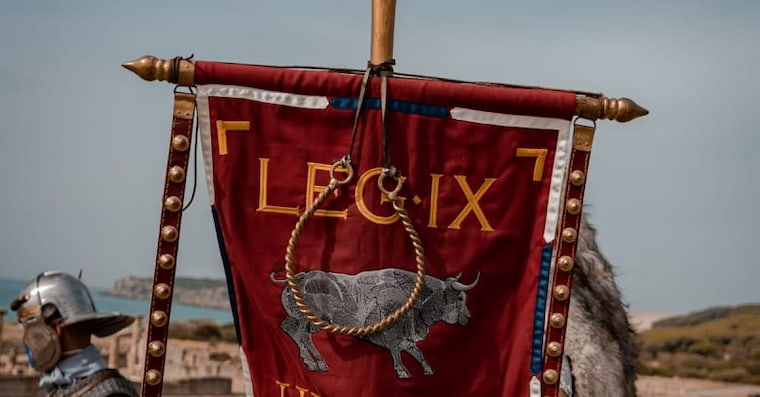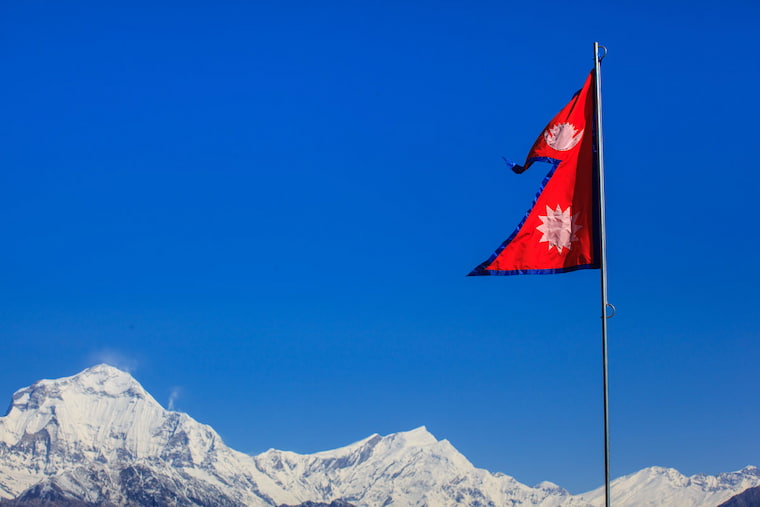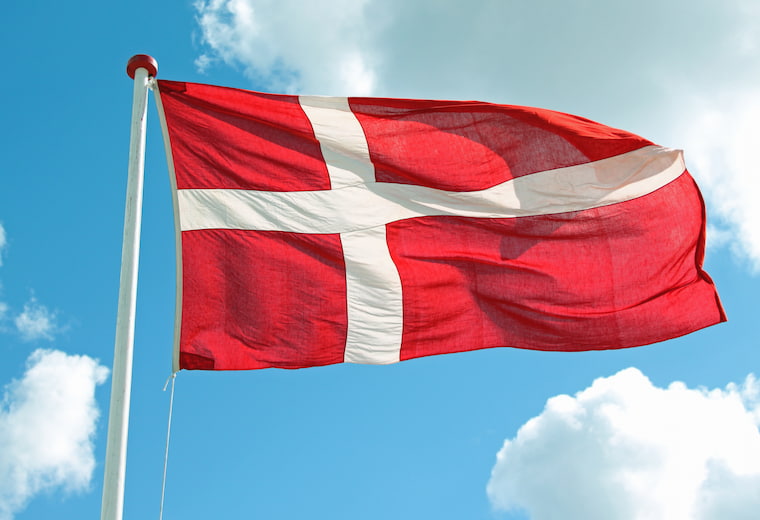Entertainment
Flags of the World: Honouring the Ideal Behind the Decoration
Past, present, and future, all rolled into one piece of fabric. A country’s flag is a symbol of rich history, identity, and future visions. It stands for the unity and independence of the country and all the hopes and ideals of its citizens. And this ideal is what people honour and respect.
From historic events and traditions to symbols of culture and religion, all flags of the world carry some significance and meaning unique to their country. If you want to learn about what different colours represent and what’s behind some of the characters on flags, or some interesting facts about them, scroll down.
What Is the Significance of Flags?
Most of the world flags became national symbols around the 18th century when they were raised to proclaim possession and sovereignty over a piece of land. However, long before they represented countries, flags stood for warfare, religion, messaging, and decoration. According to vexillology, which is what the study of flags is called, the earliest flags go all the way back to the Roman times, when vexilloids (staffs with emblems or flag-like objects) represented military affiliations.

In the Middle Ages, organized groups like Knights, Generals, and Samurai used a lance or flagpole to notify their allegiances and in the late 15th century Christopher Columbus took flags on his trek towards the Americas.
Flags hold great significance in the hearts of citizens, representing the pride of their nation, a symbol of freedom and unity, as well as self-governance. From national holidays to sports events, significant achievements, and state funerals, the flag of the country is flown with utmost respect and honour.
Universal Symbols in Flags of the World
Although all flags of the world have their unique features, shapes, and forms, there are a few common symbols that have universal meanings across all cultures.
Sun: As a symbol of light, life, and warmth, as well as integrity, power, and unity, the image of the sun can be found on the flags of 16 different countries, including Japan, the land of the rising sun, Argentina, N. Macedonia, the Philippines, and others. The sun is vital for life on the planet and stands for energy and hope for the people of these countries.
Moon: The crescent moon (waning or waxing moon), or the star and crescent symbolize divinity, and are usually associated with the Islamic faith. It is a prominent feature on the national flags of Turkey, Singapore, Pakistan, Algeria, Maldives, etc.

Stars: Over 50 countries have stars or constellations on their flags, representing energy, a religious or political symbol. The stars on the flag of the United States of America stand for all 50 states, the Australian flag has five smaller stars that represent the Southern Cross constellation, and a sixth one, known as the Federation Star for the states and territories of Australia. Other countries that include this feature are China, Brazil, Israel with the Star of David, Cameroon, etc.
Cross: The cross is mostly seen as a symbol of the Christian faith, but it can have other meanings as well depending on the context. As a very prominent feature, it appears on the flag of England, called St. George’s cross, the flag of Scotland with St. Andrew’s cross, and a combination of them together with the Irish St. Patrick’s cross forming the Union Flag. As the Union Jack, it is also part of the flags of countries of the Commonwealth, including Australia, New Zealand, Fiji, and others.
A different type of cross is also present on the flags of Scandinavian countries like Sweden, Norway and Denmark, and Switzerland has a white cross on a perfect square red background.
Unusual Flags and Unique Features
The flags of most countries are usually rectangular or square, with Nepal having the only one with a different shape. It’s a combination of two triangular pennons, a mimic of the Himalayas, and includes a white crescent moon and the sun.

The flag of Canada uses the maple leaf as a symbol of nature, and the flag of India has a navy blue wheel of 24 spokes symbolizing the Ashoka Chakra. The Bhutanese flag features a white dragon known as the Thunder Dragon, while the Mozambique flag is the only flag in the world to include an assault rifle. The AK-47 is supposed to represent defence and vigilance, and the hoe crossing stands for the country’s agriculture.
The African continent has some of the most colourful flags, with the flag of South Africa being the only one that has six colours but no seal or brocade. There are many other strange-looking flags and some need to be seen to be believed, but all of them are quite interesting and worth a look.
The Oldest Flags in the World
Throughout history, many flags have changed or lost their status due to geopolitical circumstances. However, there are some that are still in use today. Officially, the oldest flag in the world is the ‘Dannebrog’, the flag of Denmark with origins in the Battle of Lindanise in 1219. It was the first flag featuring the Scandinavian Cross and made an official national flag in 1625.

Although it has proven very difficult to establish the origin of the Japanese flag, many believe that the ‘Hinomaru’ is in fact the oldest flag, according to documents that place it as the flag of the Japanese Empire in 701. It was officially adopted in 1870.
The Austrian flag has been documented since 1230, and the flag of Latvia dates from 1279. The Swedish flag is one of the oldest legally established flags, made official in 1562. The flag of the Netherlands originally featured orange, white and blue, but in 1630 the orange stripe was changed to red, and the current Dutch flag was regulated in 1937.
Final Words
Apart from the symbols, shapes and forms, the colours on the flags can also have a special meaning. For instance, white usually signifies purity and honesty, peace and truth, red stands for courage and sacrifice, yellow can mean wealth and green is for hope, fertility, and growth, and black can mean force. This may differ from country to country and colours can have special meanings for the people of a particular region. In some cases, several flags can represent a country, and larger unions usually have flags for each territory or state. All country flags hold a unique meaning and tell a story about the people, history, and values of the nation it represents.











